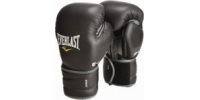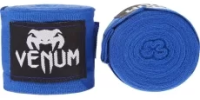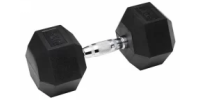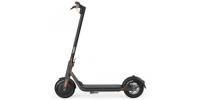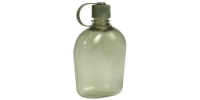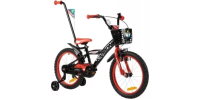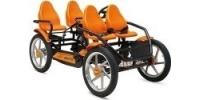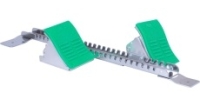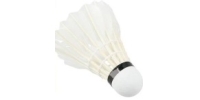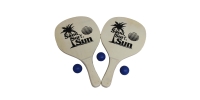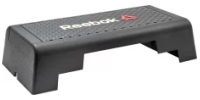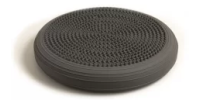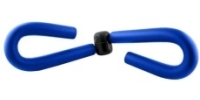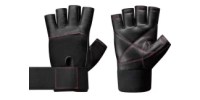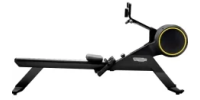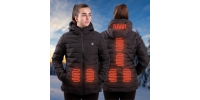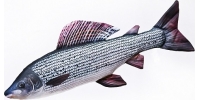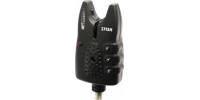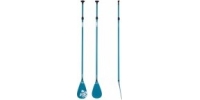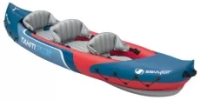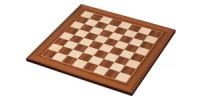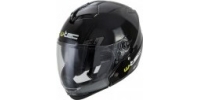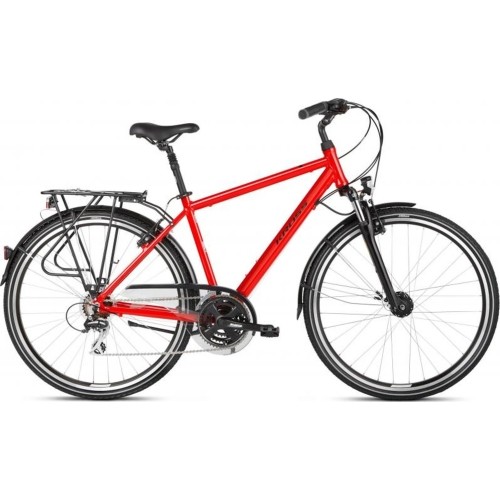The frame is sturdy, with a geometry similar to a mountain bike, but with a more upright seating position than a mountain bike - less strain on the arms and better visibility. Designed for longer journeys, often adapted for mounting various accessories: mudguards, racks.
Material - aluminium, the most common. Lighter than steel and stronger than carbon fibre. Used in various types of bicycles. It has the best value for money.
The wheels are robust, suitable for a wide range of terrains and for fitting wide tyres. Ideal if you like to ride on tarmac as well as on forest paths. The 28" wheel size is suitable for longer journeys.
Front shock absorbing fork for comfort, better grip on varied terrain, avoiding obstacles, and safer downhill descents.
Tyres are available in a variety of tyre widths and patterns to suit the journeys you will make. Often the lightness and durability of the tyre are taken into account. Thicker tyres allow a wider range of surfaces.
The chain is partially hidden under the chain guard or a scratch guard is placed on the frame. Usually left fairly open for easy access when changing.
Plastic mudguards are often added to keep the overall weight of the bike to a minimum and to accommodate the optional luggage rack.
Saddle is narrower, harder (compared to city bikes) for a sportier seating position.
V-brake brakes - easy to change, lightweight, inexpensive, but selecting brake pads to suit the conditions of use can deliver high performance.
Both dynamos for comfort and separate battery lights to maintain a lighter build.




